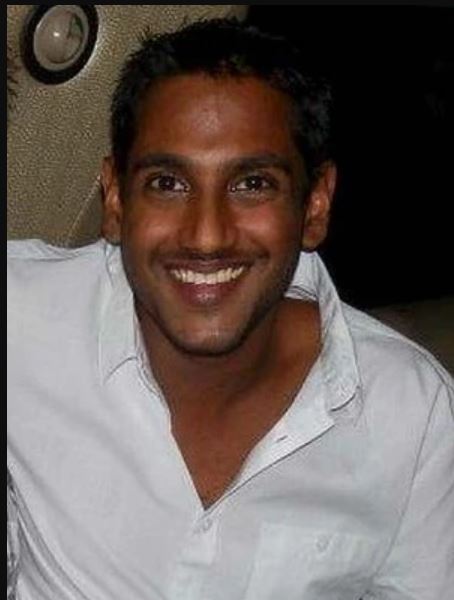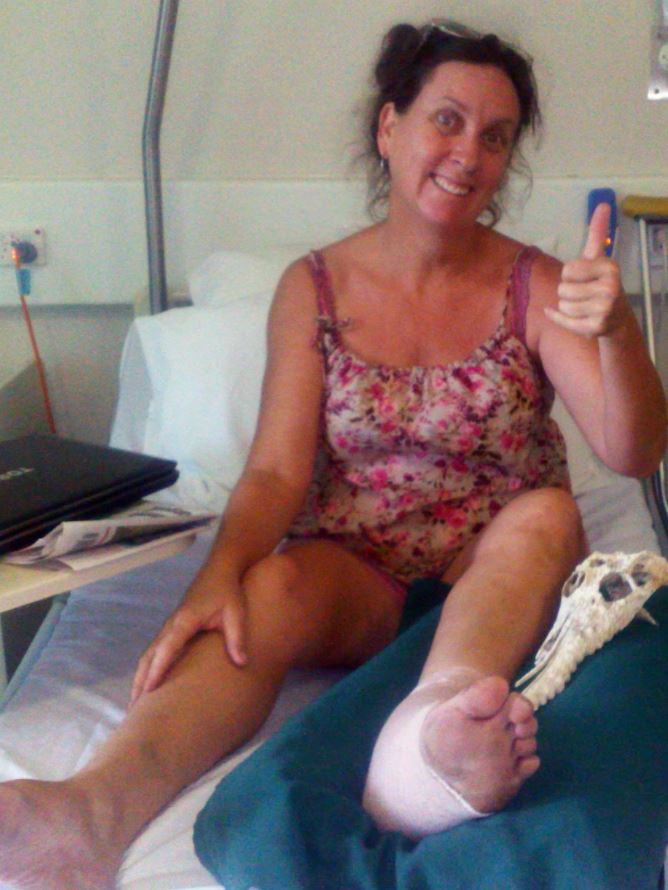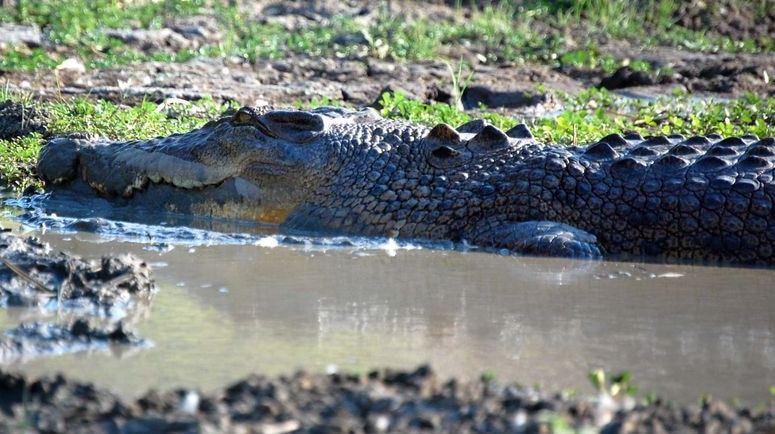Dangerous deadly rivers, VERY,DEADLY,. 2013. A short review of some croc attacks in recent years. This might be topical, given the release of a report.
DANGEROUS DEADLY RIVERS – HEADLINES.
Crocodile population on rise in Queensland but unlikely to increase further, report finds
“From 5,000 crocodiles estimated to live in the state before hunting was banned in 1974, numbers have now recovered to around 30,000 mature animals.”
SOURCE: ABC News Crocodile population on rise in Queensland.
For myself, I wouldn’t be at all surprised to find that the population was higher than that. Could be very dangerous rivers all over the place.
Graeme Webb, N.T. expert notes that “since restrictions on hunting were introduced in NT in 1971, the number of crocodiles has increased 20-fold and the total biomass gone up 100 times, as average size of individual animals has risen.”
The point about size should not be underestimated. The reason is that big crocs equals big, deadly crocs. You would know more about this if you read my novel, “The Sixth Season, Gudjewg.”
LINK TO THE BOOK.
CROCODILE HUNTER.1 survives – kill or be killed. – Leighton Clark
It seems that everyone has an opinion, including those who don’t have any experience.
For no particular reason I decided to look back at one year, at random, so to speak.
For dangerous rivers, I chose the year 2013.
Some attacks and near attacks. My aim is just to try and create a better picture for those not too well informed.
DANGEROUS DEADLY RIVERS.
26TH AUG 2013. SEAN COLE WAS KILLED BY A SALTWATER CROCODILE.
LOCATION: ADELAIDE RIVER, N.T.

PHOTOGRAPH OF THE LATE SEAN COLE. R.I.P.
SOURCE ABC NEWS.
The simple facts.
Sean Cole went to the Mary River Wilderness Retreat to celebrate his friend’s birthday. The retreat is 10 km southeast of Darwin, Northern Territory.
The 26 year old and a friend tried to swim across the crocodile-infested Mary River. He was attacked and dragged underwater by a crocodile.
Later, police recovered his body. They also recovered the carcass of a crocodile that had been shot by authorities. Actually, Northern Territory wildlife rangers shot 4 crocodiles in a few hours following the attack. One of the rangers, Tom Nichols, said that Sean Cole’s body, together with the body of a 4.7m crocodile floated to the river surface early on Monday. Rangers believed that they had the crocodile that was responsible.
It appears that the 650 Kg crocodile overcame Cole with a disorientating crocodile manoeuvre known as a death roll. Witnesses saw the crocodile swimming upstream with Cole’s body still in its jaws.
Crocodile expert Grahame Webb, a Darwin zoologist, said he would not give a swimmer an even chance of crossing the 80m wide) river. “Someone swimming in an area with crocs like that … crocs are going to zero in on them almost every time,” Webb said.
It is said that the Mary River now has the highest density of saltwater crocodiles in the world.
Erin Bayard, the manager of the Mary River Wilderness Retreat said the resort displayed several signs prohibiting swimming. Guests are advised not to go within 5m of the water’s edge because there is a high risk of large crocodiles lunging from the river to drag people in.
Let’s face it. It is getting very dangerous to even go near some rivers and waterways.
How has this happened. Well, in the territory and elsewhere in Northern Australia the crocodile population has increased beyond belief following new protection laws brought in back in 1971.
DANGEROUS DEADLY CREEKS.
RAPID CREEK CROCS! 2013………
In the days of my youth, I spent an awful amount of time in the waters and the mangroves of Rapid Creek. One would see the odd croc, but usually at night, and always small in size.
But this isn’t the same deal.
On top of the preceding, we see headlines, “Wildlife rangers needed to warn people to be aware of a crocodile sighting at Rapid Creek in Darwin.”
SOURCE: Iskhandar Razak: ABC
It can be said that a major tourist attraction is doing its best to reduce the population of Australians.
DANGEROUS DEADLY GORGES.
1ST NOVEMBER 2013. GEIKE GORGE, KIMBERLEY. GIRL ATTACKED.
The eight-year-old girl was swimming with her parents in a river at at Geikie Gorge in the central Kimberley last week, when a freshwater crocodile bit her on the leg.
She was not seriously injured and was released by the Fitzroy Crossing Hospital the same day.
SOURCE: ABC NEWS – BITE A CASE OF ‘MISTAKEN IDENTITY’ –
13TH APRIL 2013. MAN ATTACKED BY CROCODILE, DOCTORS GULLY DARWIN, N.T.
A local Darwin man, aged 50-59, received a minor bite injury from a small saltwater crocodile while standing in shallow water at night near Doctor’s Gully near Darwin City.
SEE DETAILS ON THIS SITE. CROCODILE ATTACKS.
4TH MAY 2013. JANE DENNIS – ATTACK BY FRESHWATER CROCODILE SLATEY CREEK GORGE WA.
Jane survives crocodile attack while swimming

“Bang! He just grabbed me and he actually tugged me down by my ankle,” she said.
51 year old Jane Dennis was bitten by a “freshie: and she was carried for 6 hours by her friends.
13TH MARCH 2013. BOY KILLED BY SALTWATER CROCODILE LA DJADARR BAY DAMPIER PENINSULA WA. FATAL.
The 15-year-old walked off towards Derby, across the mud flats close to La Djadarr Bay. The mud flats are known to be home to crocodiles.
Early the next day, the boy’s body — with his left foot and part of his left leg missing — was found. A saltwater crocodile was spotted nearby and helicopter pilots confirmed they had seen at least nine other crocodiles in the area during the search.
SOURCE: THE WEST AUSTRALIAN TIM CLARKE
21ST APRIL 2013. FRENCHMAN ATTACKED BY A SALTWATER CROCODILE NHULUNBUY ARNHEM LAND, NT.
The man, Yoann Galeran, 29 years old, was swimming.
– In April 2013 a young French (sic) was attacked by a crocodile in the Northern Territory. He miraculously escaped by punching it!
Unfortunately there are many similar stories where crocodiles in Australia are involved…
SOURCE FOR CROCODILE ATTACKS: https://www.australia-backpackersguide.com/crocodiles-in-australia/
17TH DECEMBER 2013 CIRCA. KEITH WATSON BOAT ATTACKED AND HOLED

Well, there is a heck of a big hole in the side of this boat. Looks like the damage due to Sweetheart’s teeth.
But Sweetheart is just a memory in a museum.
PHOTOGRAPH” Keith Watson and the damage done to his boat by a crocodile during a fishing trip in the NT.
SOURCE: NT NEWS
SEPT 2013. MAN STALKED BY GIANT CROCODILE.
This went on for two weeks before he was rescued

SOURCE CIAMABUE, FILE PHOTO: WWW.FLICKR.COM
This fellow didn’t get bitten and he didn’t die. Nevertheless, he was quite frightened by the sheer possibility.
“Rescuer Don MacLeod says he believes the saltwater crocodiles are becoming more accustomed to humans in the area.
A kayaker has been rescued off Western Australia’s far northern coast after being stalked by an enormous crocodile for two weeks.
Kalumburu resident Don MacLeod says he spotted a light on Governor Island, which led him to chance upon the New Zealand tourist on Saturday.”
The man was on an adventure, but due to the presence of a croc, he was unable to leave for fear of being attacked. This could be a real fear, and not imaginative at all.
The rescuer said he thought the croc was about six metres in length. That is a big croc, indeed.
“That crocodile I’ve seen him several times actually going by quite fast,” Mr MacLeod said.
It seems that this big croc started following our adventurer. I know of this behaviour as both my older brother and his son, my nephew, have experienced this.
This poor “marooned: adventurer couldn’t leave until rescued.
The article suggests that, “Croc attacks becoming more common”
And it is clear that Mr MacLeod has had a bit of experience in rescuing people from crocodiles.
JUST 24 HOURS LATER? ANOTHER ATTACK!
MacLeod needed to help another man. His boat has been attacked by a crocodile.
“He went up to get some water for his yacht to continue his journey in his little tender, rowed it up and on the way back a croc grabbed it and shook it and punched some large holes in it so he managed to get back here and we pulled it up and patched it up with some putty.”
Mr MacLeod’s view is that interactions with crocodiles are becoming more common.
SOURCE: ABC NET AU – Natalie Jones
JUST BEFORE 2013.
November 2012
In November, a crocodile killed a 7-year-old girl as she swam in a Northern Territory waterhole at a remote Aboriginal settlement
SOURCE: SBS NEWS MORNING WRAP.
THEN, just two weeks later.
Two weeks later a 9-year-old boy was killed by yet another crocodile at a Northern Territory beach.
SOURCE: SBS NEWS MORNING WRAP.
Well?
WHAT ABOUT JUST AFTER?
IN THE NEXT YEAR 2014.
A 57-year-old fisherman was attacked and killed by a crocodile in front of his wife while they were fishing in the Northern Territory.
The man was fishing off a bank on the Adelaide River when the attack happened, Northern Territory Police say.
His body was recovered overnight on Tuesday and the crocodile believed responsible shot dead.
A report is being prepared for the coroner.
SOURCE: SBS.COM.AU
VIEWS AND VIEWS – A DIFFERENT VIEWPOINT
There are various views – mostly, in Queensland, crocodiles are not culled but, instead, they catch them and put them in farms. Grahame Webb, a NT expert says crocs should be culled, not retired to farms
Grahame Webb, who is a wildlife academic, Northern Territory crocodile farmer and expert on the reptiles, goes further. He is calling the policy “pseudo-science and bullshit”.
He believes the new approach is just the latest in a series of “conservative, protectionist” approaches to the reptile by Queensland authorities and should not stop at relocating animals.
“Queensland has always had a bit of an identity crisis with animals that eat people,” he said.
“There’s no point trying to sugar-coat it, these things are serious predators. If you are attacked by a crocodile more than four metres long there’s about a 100 per cent chance of being killed.”
Professor Webb says Queensland should take a leaf out of the Territory’s book and not be so squeamish about culling problem crocs.
He notes that since restrictions on hunting were introduced in NT in 1971, the number of crocodiles has increased 20-fold and the total biomass gone up 100 times, as average size of individual animals has risen.
According to Professor Webb, the creeks and “stumpy little rivers” around Cairns are relatively poor habitat for the reptile in any case and unlikely ever to support significant numbers.
“I’d be very pragmatic,” he said.
“The Queensland Government has made a decision about killing them but it doesn’t make any sense.
“What does it matter? There’s plenty of crocs.”
SOURCE: National Reporting Team’s Mark Solomons